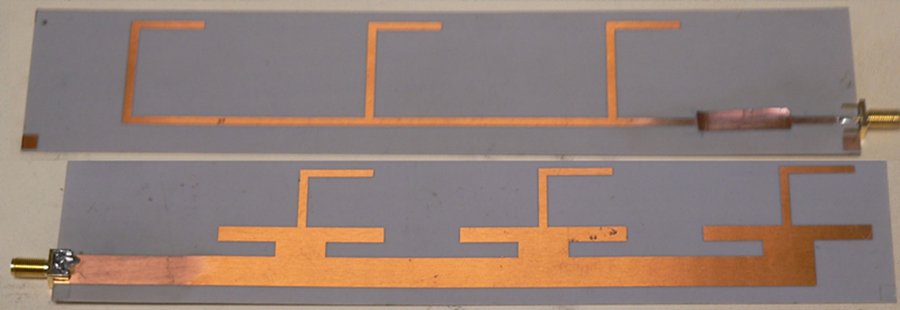As with any antenna, and RFID antenna follows the basic rules of any antenna system. The antenna is basically a form of tuned circuit. Power is fed into the antenna and much of it is radiated. As all passive antennas are perform in an equivalent manner in reception as they do in transmission, it is often easier to look at them as a radiating element as it is often easier to look at the concepts in terms of radiation.
There are a number of parameters and definitions for antennas that are useful when looking at RFID antenna:
Radiation resistance:
The resistance that equates to that which would be required to dissipate any power that is radiated.
Resistive losses:
The losses that occur as a result of the resistance of the antenna elements – these losses plus the radiated power equate to the total input power.
Bandwidth:
The band over which the antenna will operate satisfactorily. Normally antennas operate as resonant elements and therefore their performance falls either side of the centre frequency. This must be accounted for in the design of the RFID antenna, or any other antenna for that matter.
Feed impedance:
The current and voltage will vary along the length of the antenna element. Voltage rises towards the ends and the current falls and is also dependent upon the length of the antenna, etc. As impedance is the ratio of current and voltage this means that the feed impedance varies. TO ensure the maximum power transfer the source and load impedances must match, and therefore the feed impedance of the antenna is particularly important to ensure efficient operation.
These and many other parameters are used when designing antennas and in this case RFID antennas.







